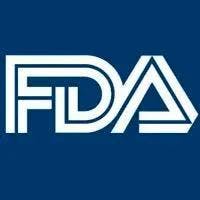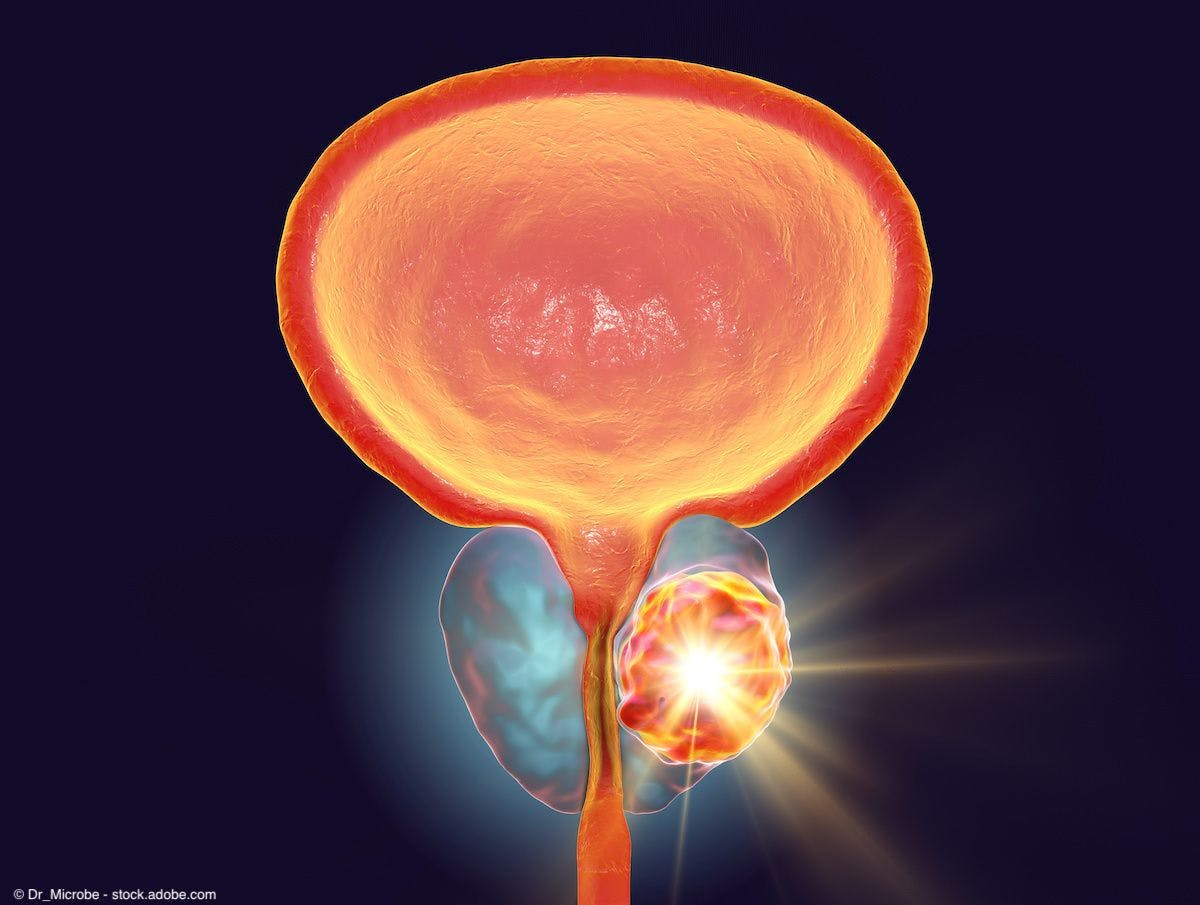News
Article
Urology Times Journal
FDA accepts BLA for subcutaneous nivolumab in solid tumors
Author(s):
The FDA is set to have a decision regarding the subcutaneous nivolumab formulation on or by December 29, 2024.
The FDA has accepted a Biologics License Application (BLA) seeking approval of nivolumab (Opdivo) co-formulated with Halozyme’s proprietary recombinant human hyaluronidase (rHuPH20), or subcutaneous nivolumab, for the treatment of patients with all previously approved solid tumor indications for nivolumab as a monotherapy, monotherapy maintenance following completion of combination therapy with nivolumab plus ipilimumab (Yervoy), or in combination with chemotherapy or cabozantinib (Cabometyx).1
The BLA submission is supported by findings from the phase 3 CheckMate-67T trial.

Nivolumab is currently approved under several indications, including in combination with ipilimumab for the first-line treatment of patients with intermediate- or poor-risk advanced renal cell carcinoma (RCC), in combination with cabozantinib for the first-line treatment of patients with advanced RCC, for the treatment of patients with advanced RCC who have received prior anti-angiogenic therapy, and in combination with cisplatin and gemcitabine for the first-line treatment of patients with unresectable or metastatic urothelial carcinoma.
The FDA is set to have a decision regarding the subcutaneous nivolumab formulation on or by December 29, 2024.2 According to a news release from Bristol Myers Squibb,1 approval of the formulation would make it the first and only subcutaneously administered PD-1 inhibitor.
“We believe subcutaneous nivolumab has the potential to make a significant difference in the lives of patients, which is reinforced by the FDA’s acceptance of our application,” said Gina Fusaro, PhD, vice president, global program lead, Bristol Myers Squibb, in the news release.1 “Opdivo is a foundational PD-1 inhibitor approved for many different types of cancer, and our continued investment in research that puts patients first remains a priority. If approved by the FDA, the subcutaneous administration of nivolumab would provide patients and their physicians with a new option that delivers the same well-known benefits as IV Opdivo but with the improved convenience of an injection administered in 3 to 5 minutes rather than a 30-to-60-minute infusion.”
The BLA submission is supported by findings from the phase 3 CheckMate-67T trial (NCT04810078), in which subcutaneous nivolumab met the study’s co-primary end points by demonstrating noninferiority to intravenous (IV) nivolumab regarding time average nivolumab serum concentration over 28 days (Cavgd28; geometric mean ratio [GMR}, 2.098; 90% CI, 2.001-2.200) and minimum serum concentration at a steady state (Cminss; GMR, 1.774; 90% CI, 1.633-1.927).3
Data from the study, which were presented at the 2024 American Society of Clinical Oncology Genitourinary Cancers Symposium in San Francisco, California,3 also showed that subcutaneous nivolumab demonstrated noninferiority to IV nivolumab in the key powered secondary end point of objective response rate (ORR). Specifically, the subcutaneous arm demonstrated an ORR of 24.2% (95% CI, 19.0-30.0) per blinded independent central review (BICR), compared with 18.2% (95% CI, 13.6-23.6) in the IV arm.
The safety profile for subcutaneous nivolumab was consistent with that of the IV formulation. Among patients who received the subcutaneous formulation, 8.1% experienced injection-site reactions, with all being low-grade and transient. Deaths due to study drug toxicity occurred in 3 patients in the subcutaneous arm and 1 patient in the IV arm. Most deaths that occurred during the study were due to disease progression.
In total, the phase 3, open-label CheckMate-67T trial enrolled 495 patients with advanced or metastatic ccRCC who had received prior systemic therapy. Patients were randomly assigned 1:1 to receive 1200 mg subcutaneous nivolumab plus rHuPH20 every 4 weeks (n = 248) or to 3 mg/kg IV nivolumab every 2 weeks (n = 247) for up to 2 years of treatment or until disease progression, unacceptable toxicity, withdrawal, or death.
The co-primary pharmacokinetic end points for noninferiority testing were Cavgd28 and Cminss of subcutaneous nivolumab vs IV nivolumab. The key secondary end point was ORR per BICR.
Final completion of the CheckMate-67T study is expected in January 2026.4
References
1. U.S. Food and Drug Administration accepts Bristol Myers Squibb’s application for subcutaneous nivolumab (nivolumab and hyaluronidase). News release. Bristol Myers Squibb. May 6, 2024. Accessed May 7, 2024. https://news.bms.com/news/corporate-financial/2024/U.S.-Food-and-Drug-Administration-Accepts-Bristol-Myers-Squibbs-Application-for-Subcutaneous-Nivolumab-nivolumab-and-hyaluronidase/default.aspx
2. Bristol Myers Squibb announces updated action date by the U.S. Food and Drug Administration for subcutaneous nivolumab (nivolumab and hyaluronidase). News release. Published online and accessed May 21, 2024. https://investors.bms.com/iframes/press-releases/press-release-details/2024/Bristol-Myers-Squibb-Announces-Updated-Action-Date-by-the-U.S.-Food-and-Drug-Administration-for-Subcutaneous-Nivolumab-nivolumab-and-hyaluronidase/default.aspx
3. George S, Bourlon TB, Chacon MR, et al. Subcutaneous nivolumab (NIVO SC) vs intravenous nivolumab (NIVO IV) in patients with previously treated advanced or metastatic clear cell renal cell carcinoma (ccRCC): Pharmacokinetics (PK), efficacy, and safety results from CheckMate 67T. J Clin Oncol. doi:10.1200/JCO.2024.42.4_suppl.LBA360
4. A study of subcutaneous nivolumab versus intravenous nivolumab in participants with previously treated clear cell renal cell carcinoma that is advanced or has spread (CheckMate-67T). ClinicalTrials.gov. Last updated March 1, 2024. Accessed May 7, 2024. https://clinicaltrials.gov/study/NCT04810078































